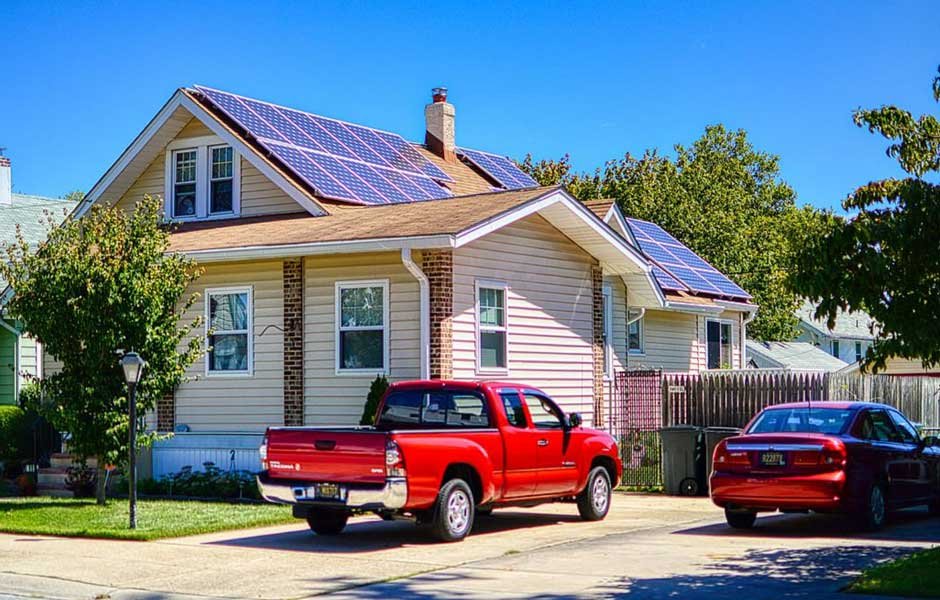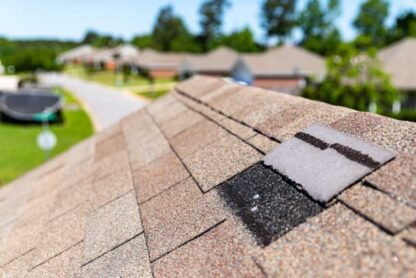Building your own home can feel impossible to achieve, especially if you are on a budget. However, this isn’t always the case. Many people who have built their home, that looks stunning and suits their needs, have managed to achieve this by spending less than the average house price. Building your home by yourself is a great way to gain extra space and have a larger house than when you purchase a pre-existing property, notes Archstone Properties company.
To achieve a beautiful home on a budget, planning and careful consideration are needed to make the right and most sensible choices during the process. Find out how you can build a home on a budget with these helpful tips and tricks, giving you a gorgeous home for an affordable price without compromising on quality.
Get real with the size
An important tip for anyone who wants to build a home on a budget is to build a smaller house. This is because if you make a bigger home, more bricks, blocks, flooring, roof tiles, and other materials to build a large home will be required. More materials equal more money needing to be spent to cover the costs of the materials.
However, a small house design, which equates to around 150m², will still be bigger than the average four-bedroom developer home, which is usually no more than 100m². To maximize cost efficiency, try aiming for building a one-and-a-half-story or two-story house.
Buy land smartly
The most difficult aspect of building a home on a budget is to get the land to build on at an affordable price. Plots of land can cost huge amounts of money, depending on the size and the landowner. If you already have a plot, then building can be done at a cheap price. It will do you the world of good to research plots and be realistic about the location you want for your home. It is easy to blow most of the budget on the land and then run out of money to finish building your dream home. To avoid this, try buying land off the beaten track, such as avoiding popular towns and villages.
Work out costs
Before you start your build, you need to work out the costs and see how they affect your overall budget. Budgeting is key and being realistic about your build is vital. Make your overall budget clear and clarify this after land costs are taken care of. From this, take away a sensible figure that covers all additional expenses, such as insurance, warranty, and statutory fees. The final figure you are left with is the amount you will have to build your home with.
Have a simple design
When designing your home, choosing simple layouts and designs is the best. If you create a house that is complicated in its design, it can increase the cost of your labor and materials.
If you have space in the budget to use an architect, you can get their guidance and ideas for designs that cost less. Sticking to a simple box shape and other simplistic designs is ideal, so researching these for inspiration is a must. It is important to cover everything you need first before you see if there’s room for what you want when it comes to design.
Save costs on the groundwork
Groundwork can take a huge chunk of your build budget, so this is one area of the process you need to focus on. Work out the most appropriate foundation for your home that suits your budget and fulfills your build requirements.
Start by finding a flat and serviced plot so you can cut costs significantly. The less groundwork you need to do, the less money you need to spend and the further your budget will go.
Invest in the fabric of your home
The fabric of your home is the structure of your home, consisting of insulation, heating structural materials, surfaces, and fixtures. Investing your budget in these aspects can make it go further and save you money in the long run.
Choosing highly energy-efficient and airtight building methods, like structural insulated panels or a closed-panel kit, can save money on other materials such as insulation and equipment needed for your heating system.
Try to use cheaper materials
Using cheaper materials is a brilliant way to reduce the costs of building your home. Install materials that look amazing but don’t cost much. Find discounted goods on auction websites and use ex-display products for areas like the kitchen as these cost next to nothing. This can save you thousands of dollars to use the budget on completing your home.
For furniture and features in the home, you can save money by making your own using cheap materials. This could be making a set of drawers using MDF cut to size as this is a cheaper and more eco-friendly material or making your own media wall for a standout feature in your home.
Make sure to avoid anything that is bespoke as these are expensive and can bring down your budget significantly. Try to purchase as many materials as possible from one merchant to maximize discounts, compare costs, and haggle to get the best prices.
Do as much as possible by yourself
If you are prepared and able to get stuck into building your home, it is best to do as much as possible by yourself. This saves you a huge amount of money on the cost of labor that you pay for professionals. Doing even the simplest of tasks, such as clearing up at the end of the day, can save you money and give contractors more time to focus on the skilled aspects of the job.
If you get someone else to do everything for you, you will pay a premium price. However, ensure to only take on tasks that you are able to do and can complete competently and safely. Other areas you could do yourself can be project management, buying materials, basic landscaping, and decorating.
Use these tips and tricks on how to build a home on a budget to create your ideal and perfect home without splashing the cash. Make your money go further when building your dream home and invest in the vital areas of the process to ensure that your budget stretches so you can complete your build. Remember to not cut corners to save money, it’s all about doing things correctly and safely to meet regulations and to have a sturdy and functional home.









